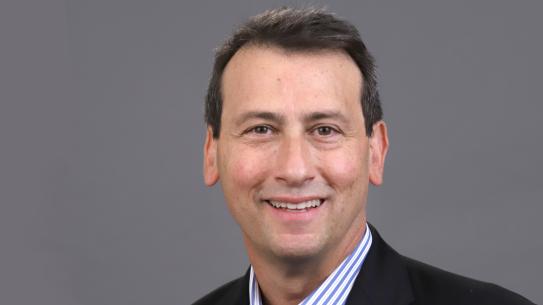Rainer Weiss, Physicist and Inventor, Shares Insight on Black Holes and Einstein’s Legacy
Albert Einstein’s 1915 theory of general relativity revolutionized how scientists viewed the universe with its geometric portrait of gravity, space and time, and its proposition that certain events in space, like colliding black holes, can cause “ripples” in spacetime called gravitational waves. Einstein’s theory resulted in many researchers attempting to prove the existence of these ripples, and nearly 100 years later, the Laser Interferometer Gravitational-wave Observatory (LIGO) made direct detection of gravitational waves on September 14, 2015. As Rainer Weiss detailed in his lecture last week, the path towards this historic breakthrough has been a long quest in attempting answers to Einstein’s equations and developing the right technology.
Weiss is one of the co-founders of LIGO, which is a joint research facility between the Massachusetts Institute of Technology (MIT) and the California Institute of Technology (CalTech). Weiss is the inventor of the laser interferometer gravitational wave detector, a Professor Emeritus of Physics at MIT, a member of the National Academy of Science, and a fellow of the American Association for the Advancement of Science. In addition to LIGO, Weiss is also a co-founder of NASA’s Cosmic Background Explorer (COBE).
In his lecture, “Gravitational Waves, Black Holes and Einstein’s Legacy,” Weiss traced the technological developments in the field of gravitational wave detection. Weiss demonstrated how Einstein’s complex calculations and the work of other physicists paved the path for LIGO’s success. LIGO not only detected the gravitational waves in 2015, its researchers also determined that these waves originated from the collision of two black holes over one billion years ago, proving the long-held belief of the existence of binary black hole systems.
In addition to LIGO, there are currently detectors all around the world — such as the VIRGO in Italy, the GEO600 in Germany, and the INDIGO in India — and the European Space Agency’s LISA mission will attempt to detect gravitational waves out in space. Weiss emphasized the importance of collaboration between these observatories and detectors for the future of wave detection, especially as researchers continue exploring the universe and its origins.
Camila Ryder
Graduate School of Arts and Science
Master of Arts in English Literature, Class of 2018




